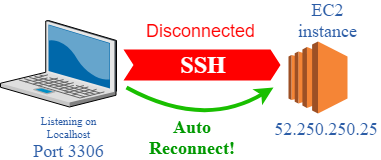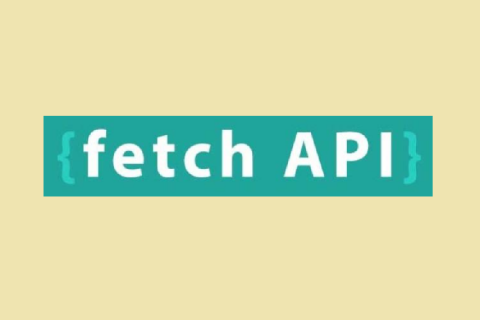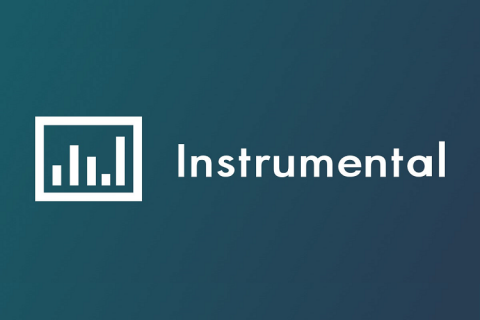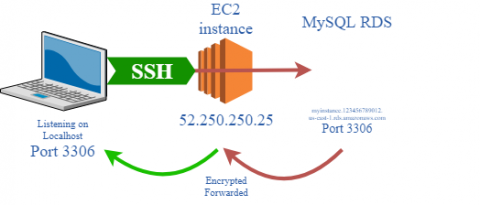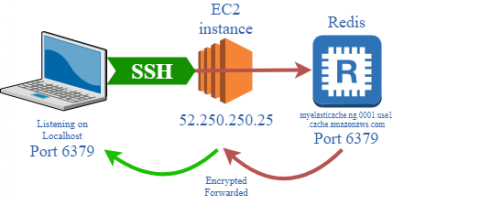Operations | Monitoring | ITSM | DevOps | Cloud
%term
Automatically re-connect a disconnected SSH session with AutoSSH
Automatically detect network failures and reconnect with AutoSSH. This tip lets you create a persistent connection between two servers, or between your desktop and server, and have it automatically re-connect.
Monitoring performance of your Fetch API
The fetch API allows you to make network requests similar to XMLHttpRequest (XHR). We already wrote a blog about how Fetch API are simple and yet powerful compared to XHR. Atatus now supports Fetch API monitoring out of the box. You don’t need any special configuration to measure performances of the Fetch API.
Free Application & Server Monitoring + New Metered Pricing
We’ve updated Instrumental’s pricing to be fully metered and we replaced our 30-day trial with an entirely free Development Plan. While Instrumental’s pricing has been usage-based for a long time, this new model eliminates our plans and minimum spend requirements. With no minimum monthly spend, Instrumental is now a much better fit for smaller projects.
FOSDEM 2017, Monitoring and Cloud, recap
Last week-end, we were attending FOSDEM, in Brussels for one of the largest and maybe the largest open source conference over the world with about 8000 attendees from all over the world. Here is our recap.
Amazon Kinesis: the best event queue you're not using
Instrumental receives a lot of raw data, upwards of 1,000,000 metrics per second. Because of this, we’ve always used an event queue to aggregate the data before we permanently store it. Before switching to AWS Kinesis, this aggregation was based on many processes writing to AWS Simple Queue Service (SQS) with a one-at-a-time reader that would aggregate data, then push it into another SQS queue, where multiple readers would store the data in MongoDB.
Website Optimization For The Holiday Season
Connect to MySQL ElastiCache through EC2
You can quickly and efficiently use SSH to safely access data in your remote MySQL RDS data stores with just a single command. This tip not only enables you to access your remote server as if it was local and take advantage of local tools, but also modify data remotely, download MySQL backups, and do it all securely, through an SSH encrypted connection.
Connect to Redis ElastiCache through EC2
You can quickly and efficiently use SSH to safely access data in your remote Redis Elasticache data stores with just a single command. This tip not only enables you to access your remote server as if it was local and take advantage of local tools, but also modify data remotely, download Redis data, and do it all securely, through an SSH encrypted connection.
Connect to Memcache ElastiCache through EC2
You can quickly and efficiently use SSH to safely access data in your remote Memcache Elasticache data stores with just a single command. This tip not only enables you to access your remote server as if it was local and take advantage of local tools, but also modify data remotely, download Memcache data, and do it all securely, through an SSH encrypted connection.



